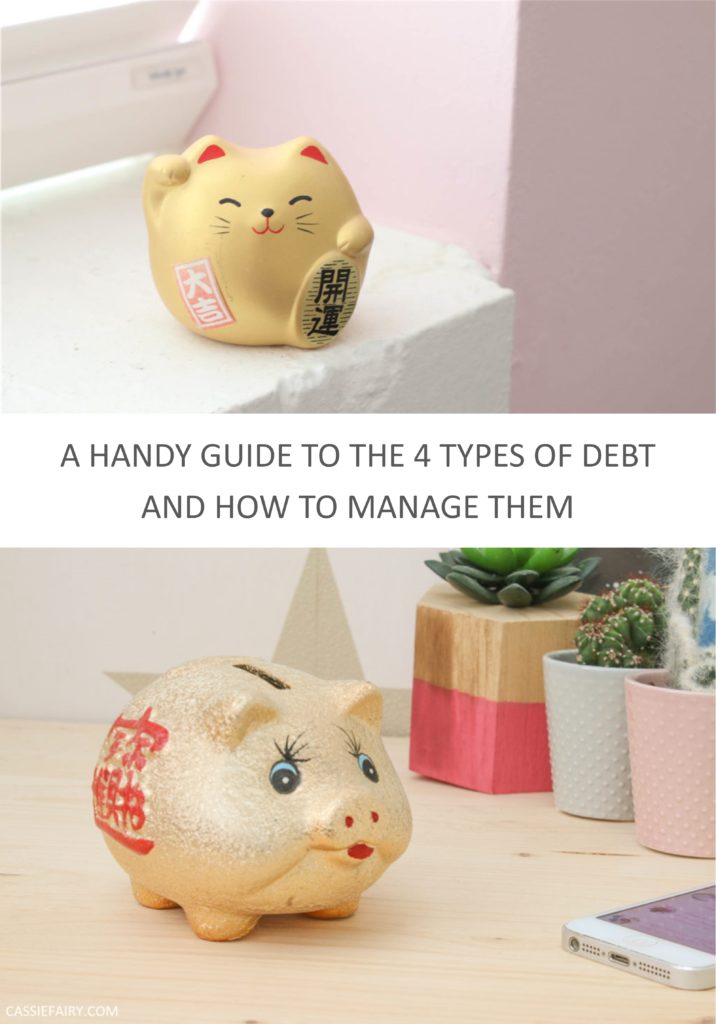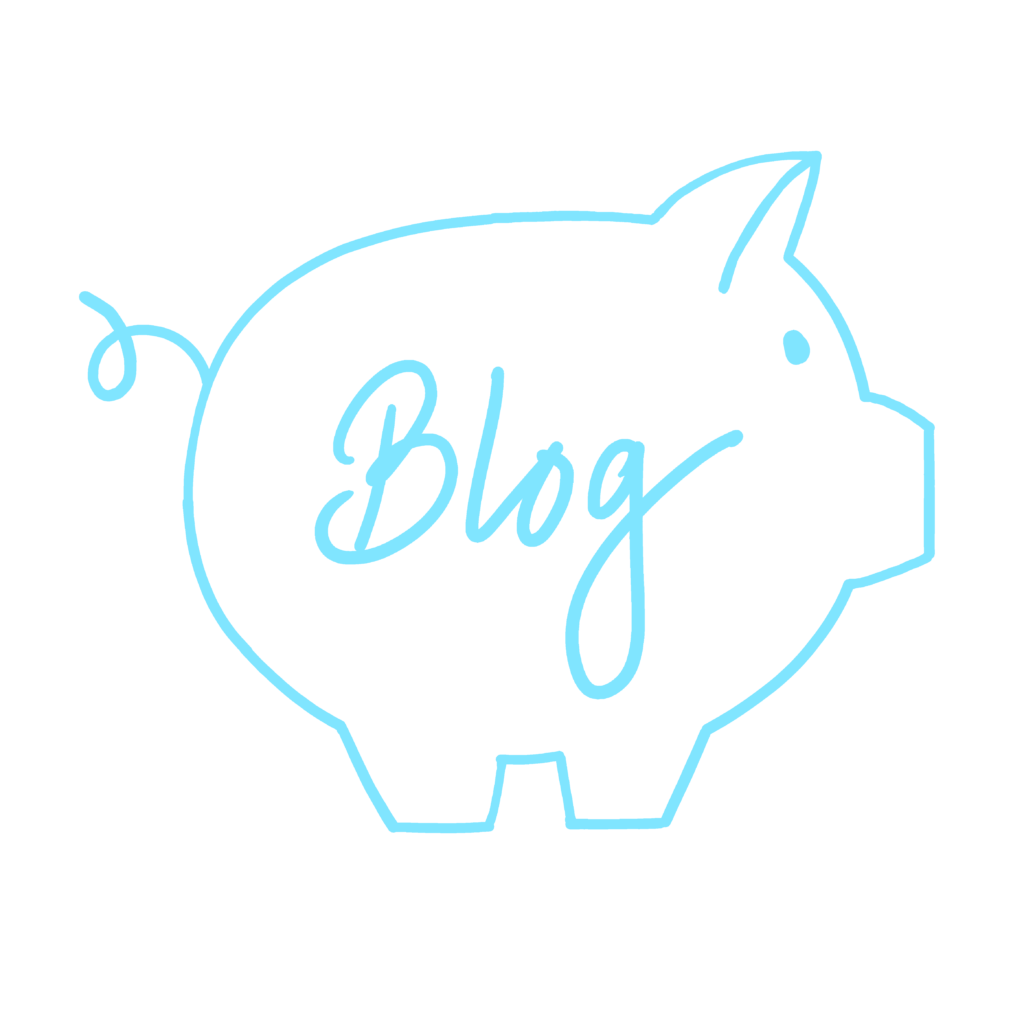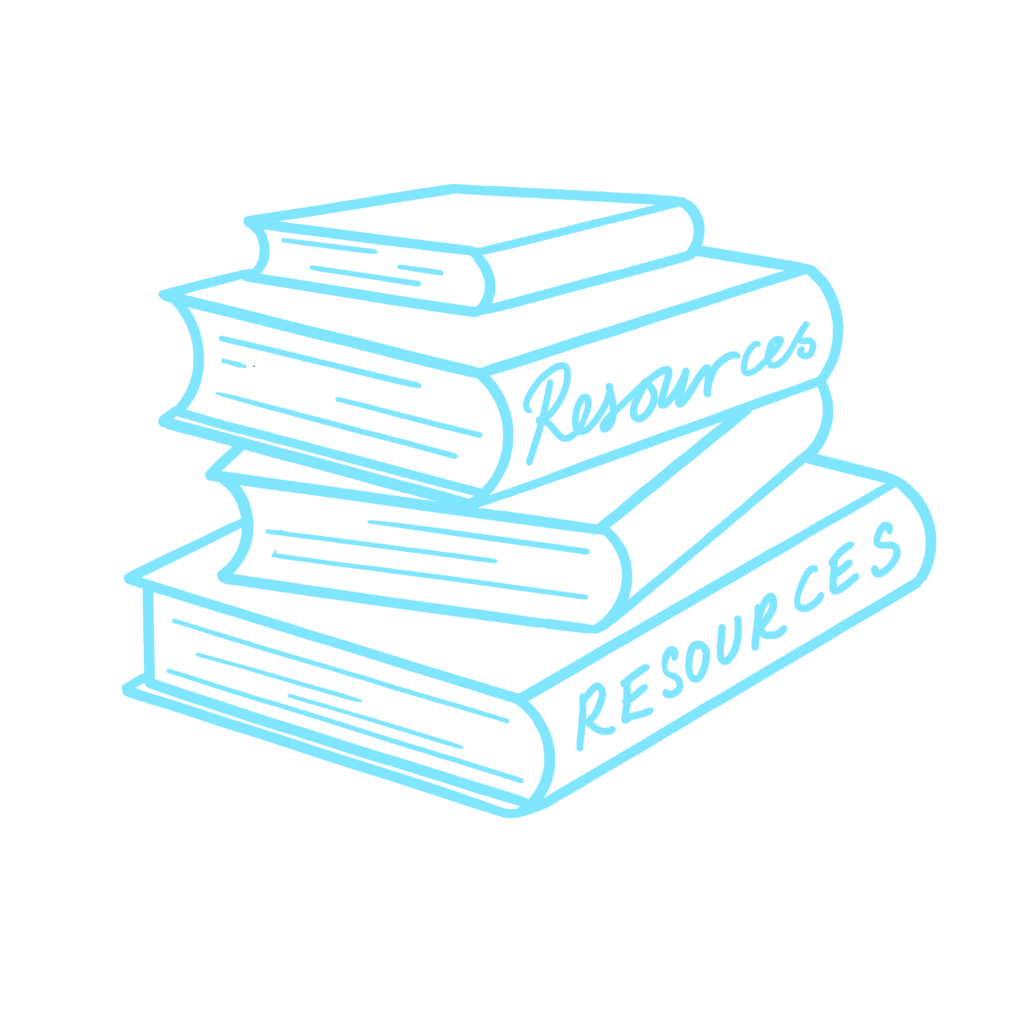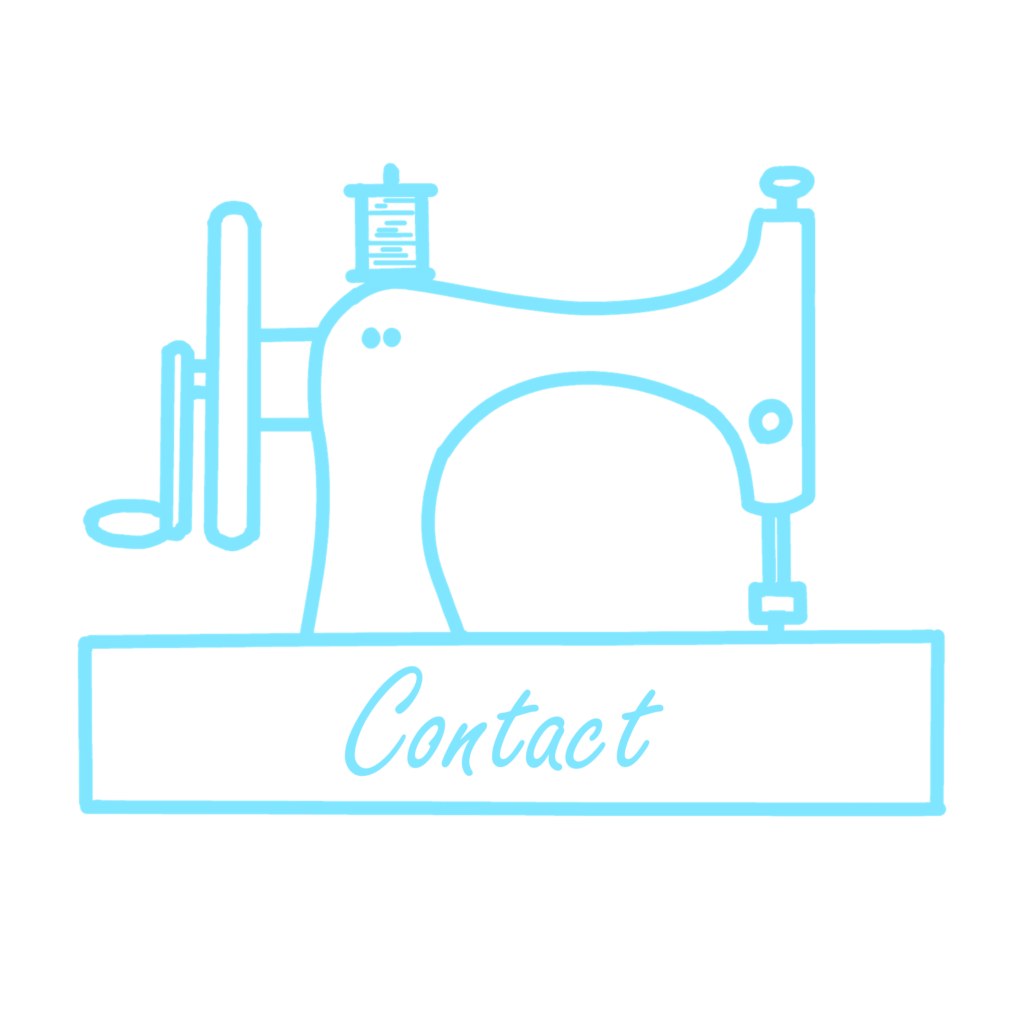
Debt can be beneficial because it allows you to finance large purchases, such as a home or a car. Let’s face it, without a mortgage or personal finance options, you might never be able to afford a home or build that extension. As such, it’s possible compare installment loans online to see how taking on debt can actually help you. However, debt can also be detrimental if it is not managed properly.
Too much debt can lead to financial problems, such as missed payments, late fees, and damage to your credit score. With a poor credit score, you won’t be able to get a mortgage when you want to buy a property – and it can even affect your ability to rent a home, yikes!
The four main types of debt are secured, unsecured, revolving and installment and here’s a little more information about all of them so that you can make an informed decision if you ever need to borrow money in the future. Of course, you should always do your own research and make a decision for yourself, this is just a handy guide to the basics of borrowing.

Secured debt
Secured debt is debt that is backed by collateral. This means that if you default on the debt, the creditor can take possession of the collateral. Common examples of secured debt include mortgages and car loans. The main disadvantage of secured debt is that you could lose your collateral if you can’t repay the debt.
Unsecured debt
Unsecured debt is debt that is not backed by collateral. This means that if you default on the debt, the creditor cannot take possession of any property. Common examples of unsecured debt include credit cards and student loans. Unsecured debt is handy because you don’t need to own any prior collateral, but the disadvantage is that it’s more difficult to get approved for unsecured debt.
Revolving debt
Revolving debt is debt that has no set repayment schedule. This means that you can make minimum payments until the balance is paid off. Common examples of revolving debt include credit cards and lines of credit. Revolving debt is handy because you can pay it off over time without any pressure. The disadvantage of revolving debt is that it can be easy to get into trouble with debt because there’s no set repayment schedule, so the debt can continue to build up to an unmanageable amount, with interest added on top.
Installment debt
An installment debt is a debt that has a set repayment schedule. This means that you will make fixed monthly payments until the debt is paid off. Common examples of installment debt include mortgages, car loans and business loans. The disadvantage of installment debt is that it can be difficult to get out of debt if you can’t make the payments and you may be charged fees if you don’t make the agreed payments.
Debt can be both useful or worrying depending on your circumstances. It is important to understand the different types of debt and how they can impact your life before making any decisions about using debt. Let me know your experiences with using debt in the comments below and always do your own research if you’re planning a large purchase or need to borrow money. Never overstretch yourself because you WILL always have to pay it back.
Pin it for later

This blog post is an advertisement feature that has been written in collaboration with a sponsor. The pink links in this post indicate a sponsored link 🙂




















